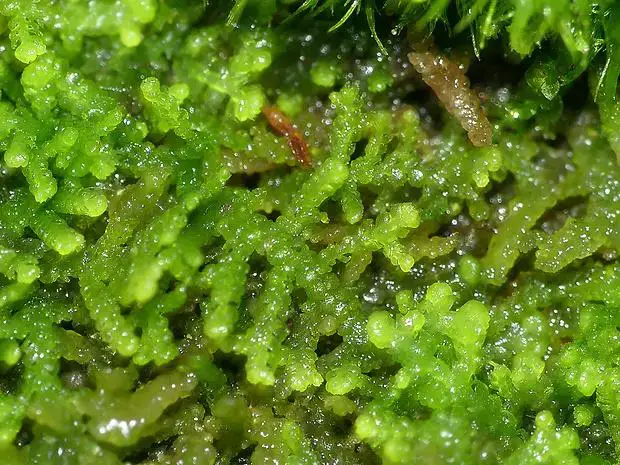
patrik_mlcoch_733120.jpg from: https://www.nahuby.sk/obrazok_detail.php?obrazok_id=733120
Introduction
In the vast and captivating world of bryophytes, the Lepidozia reptans (L.) Dumort. moss stands out as a true marvel. Belonging to the Lepidoziaceae family, this unassuming yet fascinating plant has captured the hearts of moss enthusiasts worldwide. Let’s embark on a journey to unravel the secrets of this remarkable species, commonly known as Lepidozia.
Background
Before we delve into the intricacies of Lepidozia reptans, it’s essential to understand its place within the Marchantiophyta division, also known as liverworts. These incredible organisms are among the oldest land plants, dating back to the Paleozoic era, and have played a crucial role in the evolution of terrestrial ecosystems.
Main Content
Morphology and Identification
Lepidozia reptans is a small, creeping moss that forms dense mats or patches on various substrates. Its delicate, thread-like stems are adorned with overlapping leaves arranged in two rows, creating a flattened appearance. These leaves are deeply divided into two or more lobes, giving the plant a intricate and lacy appearance.
One of the most distinctive features of Lepidozia reptans is its reproductive structures. The male and female reproductive organs are borne on separate plants, a characteristic known as dioecious
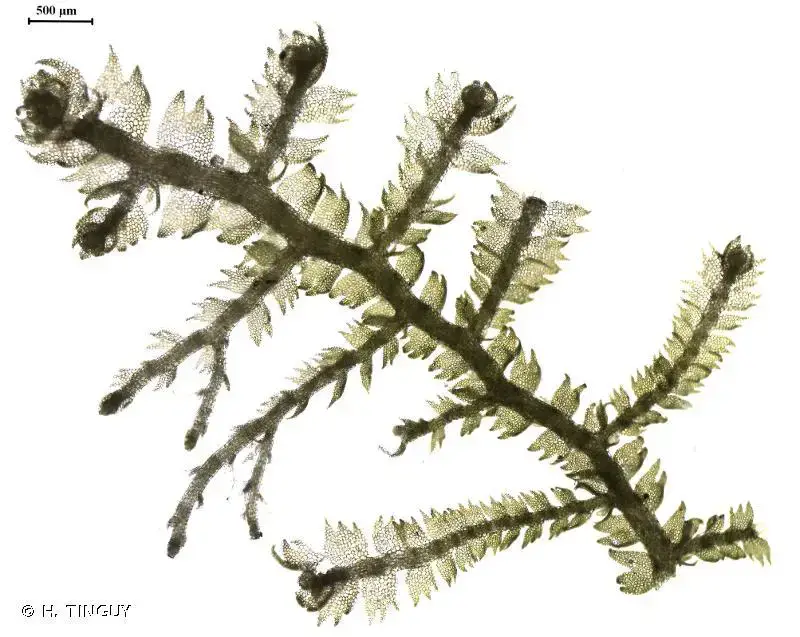
224295.jpg from: https://inpn.mnhn.fr/espece/cd_nom/6623
. The male plants produce antheridia, while the female plants develop archegoniophores, which are specialized structures that bear the archegonia (female reproductive organs).
Global Distribution and Habitat
Lepidozia reptans is a cosmopolitan species, meaning it can be found on multiple continents. It thrives in various habitats, including moist forests, rocky outcrops, and decaying logs. This moss prefers shaded
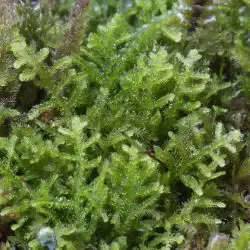
t_b57d76da011a077074bdfdc9cf077769.jpg from: https://www.asturnatura.com/especie/lepidozia-reptans
and humid environments, often found in temperate and tropical regions around the world.
Ecological Roles and Adaptations
Despite its diminutive size, Lepidozia reptans plays a vital role in its ecosystem. It contributes to soil formation and moisture retention, creating a suitable environment for other plants and organisms to thrive. Additionally, this moss serves as a microhabitat for various invertebrates, providing shelter and food sources.
One of the remarkable adaptations of Lepidozia reptans is its ability to
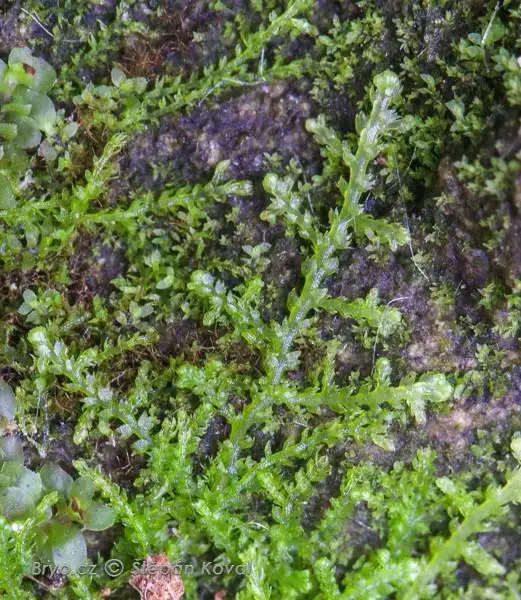
3229_Lepidozia_reptans_2008_10_09_img_3656.jpg from: https://www.bryo.cz/index.php?p=mechorosty_foto&gallery=lepidozia_reptans&id=3229
tolerate desiccation. During periods of drought, the moss can enter a state of
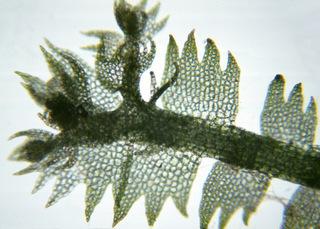
Lepidozia_reptans,I_MWS46563.jpg from: https://www.discoverlife.org/mp/20q?search=Lepidozia
dormancy, reviving once favorable conditions return. This resilience allows it to survive in challenging environments and contributes to its widespread distribution.
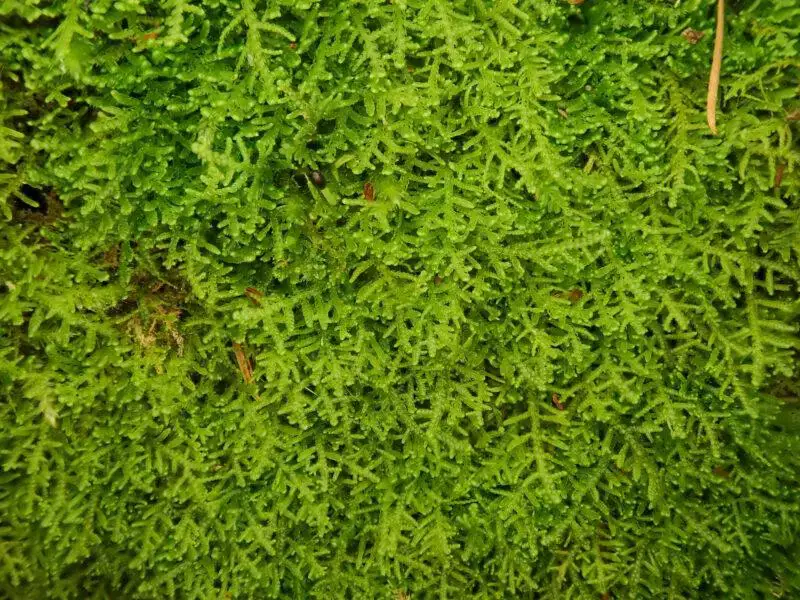
2021-07-14-13-13-09-800×600.jpg from: https://www.britishbryologicalsociety.org.uk/learning/species-finder/lepidozia-reptans/
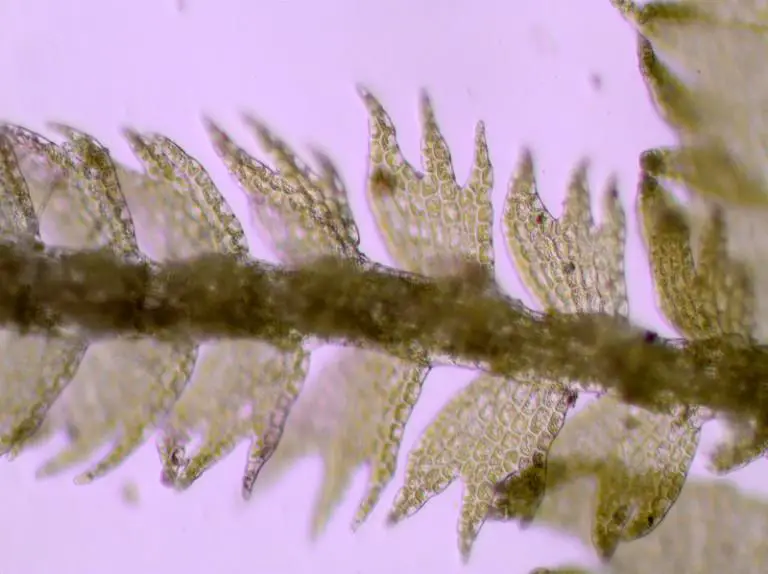
Lepidozia-reptans-AH-275-768×574.jpg from: https://sites.cortland.edu/bryophytes/field-guide/liverworts/lepidozia-reptans/
Case Studies/Examples
In a recent study conducted in the Pacific Northwest region of North America, researchers discovered that Lepidozia reptans played a crucial role in maintaining the biodiversity of certain forest ecosystems. The moss provided a suitable habitat for various invertebrates, including springtails
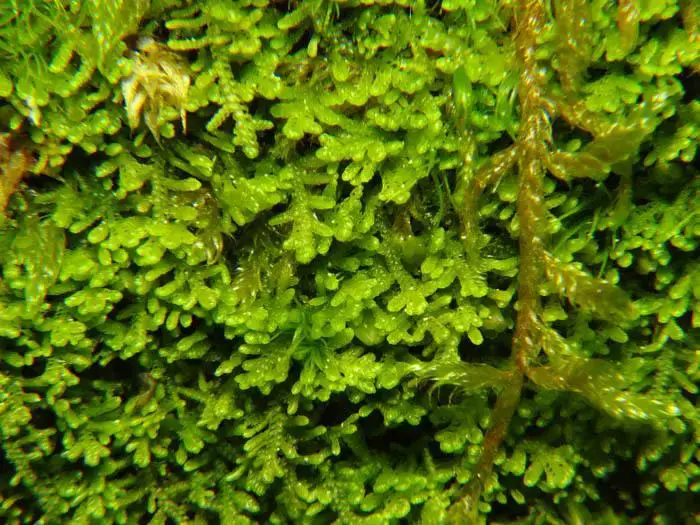
847607.jpg from: https://www.bio-forum.pl/messages/3280/847605.html
and mites, which are essential components of the soil food web.
| Characteristic | Description |
|---|---|
| Phylum | Marchantiophyta |
| Class | Jungermanniopsida |
| Order | Jungermanniales |
| Family | Lepidoziaceae |
| Genus | Lepidozia |
| Species | reptans |
Conclusion
The Lepidozia reptans (L.) Dumort.
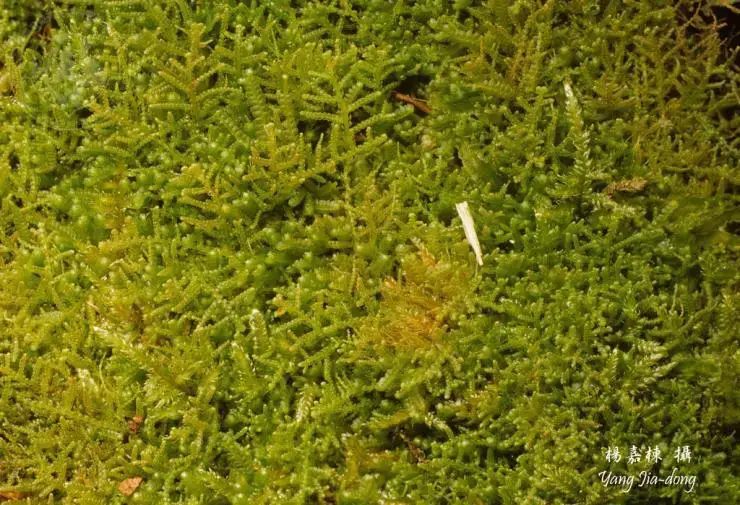
1f80e2052bf2f9e32687eccda7a46cb2.jpg from: https://openmuseum.tw/muse/digi_object/737fcae09c82f90e38dda89475f148e9
moss is a true testament to the incredible diversity and resilience of bryophytes. From its intricate morphology to its vital ecological roles, this unassuming plant continues to captivate and inspire moss enthusiasts around the globe. As we delve deeper into the world of bryophytes, we are reminded of the intricate web of life that surrounds us, and the importance of preserving and appreciating even the smallest of organisms.
Ponder this: In a world where we often overlook the microscopic wonders, how can we foster a greater appreciation for the intricate beauty and ecological significance of mosses like Lepidozia reptans?